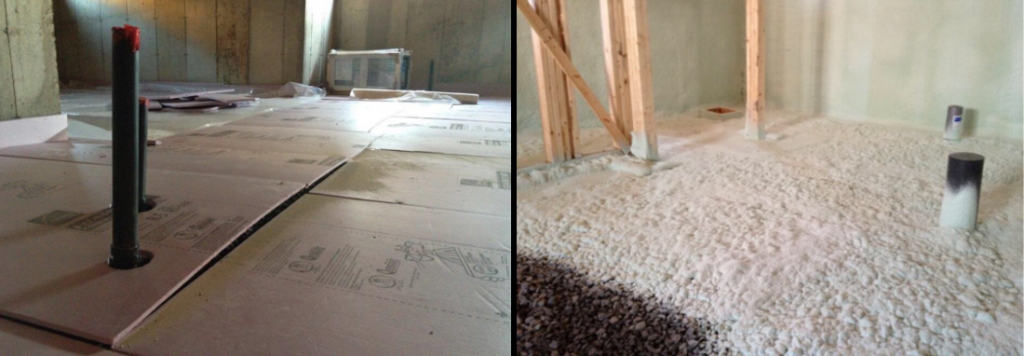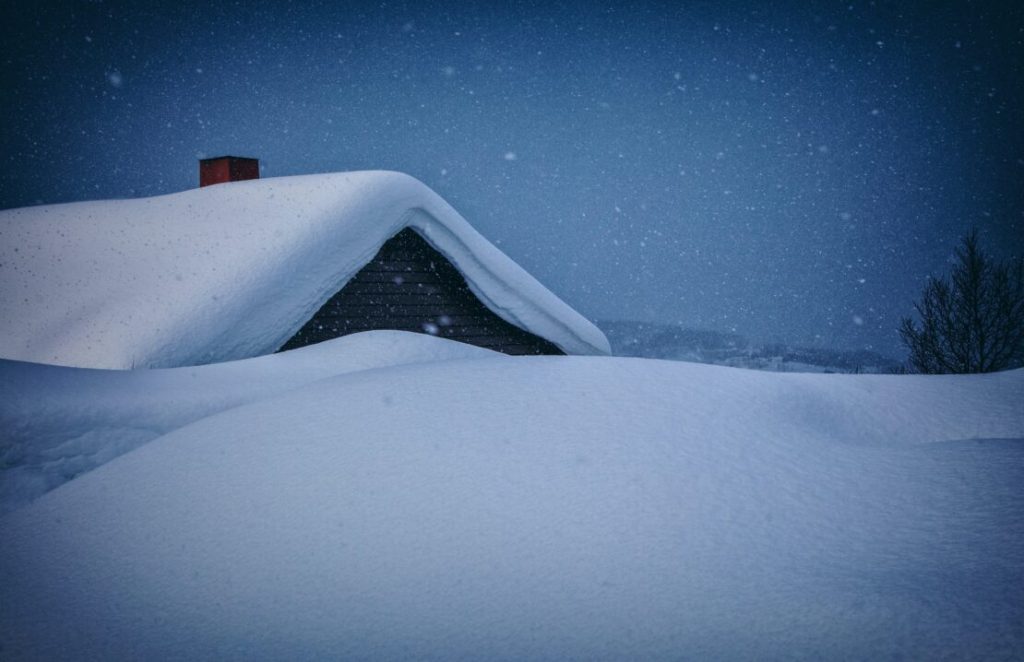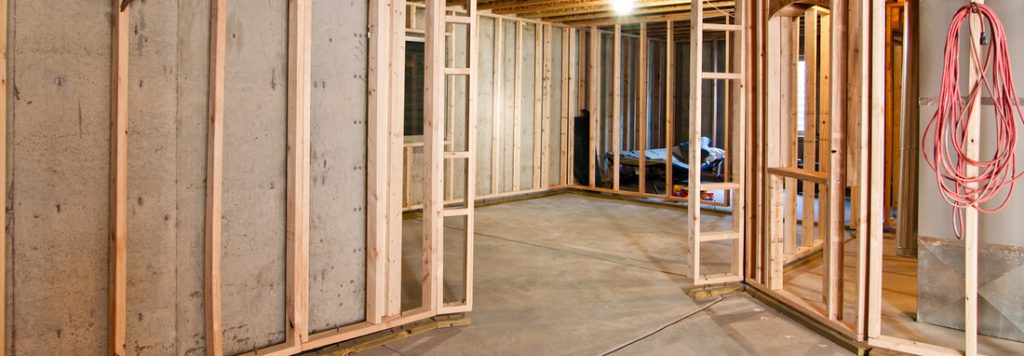Who hasn’t at some point noticed a damp smell when going downstairs to their basement? While this appears to happen to many homeowners, it is never a good sign! This musty or wet-earth odour is caused by the presence of excessive moisture, which can promote the growth and spread of mould. And with mould comes poor indoor air quality and potential adverse effects on the respiratory health of your home’s occupants.
However, there is one sure way to permanently eliminate – or better yet, prevent altogether – problems with moisture in your basement: by insulating and sealing the underside of the concrete floor slab.
NEW CONSTRUCTION OR RENOVATION?
Updated insulation standards applicable to new homes
Effective August 30, 2012, the Quebec Construction Code based on the National Building Code (NBC) has made insulating the undersides of slabs mandatory in all new construction. Additionally, the system must act as both an air and vapour barrier. These new standards are part of an energy strategy and action plan for climate change targeting reduced energy consumption in households across the province.
This means that if you’re planning to build a new home, you must comply with the new regulations governing energy efficiency when it comes to insulating the underside of your basement slab. You have three options in this regard:
- R‑value of 5 under the full surface of the slab
- R‑value of 7.5 around a 4-foot perimeter under the slab
- R‑value of 10 full surface if you install in-floor heating (recovers the energy generated by the in-floor heating system rather than heating the earth)
Isolation Majeau: your experts in isolation du sous-sol for the past 25 years
Visit the following pages to learn more about the services covered in this article:
Recommended by contractors, full-surface insulation creates a perfect seal between the slab and the foundation walls, primarily when it is laid using spray urethane foam, an insulation material known for its clearly superior thermal performance.
Follow these main steps to properly insulate the underside of your basement slab:
- Prepare and level the ground with 4 inches of clean gravel.
- Apply 1½” of type II spray urethane foam with an R‑value of 6 per inch directly to the gravel (type I urethane offers R‑5). 1½” will yield an R‑value of 9, which exceeds the recommended standard. Since gravel is uneven, we apply to this thickness so that the urethane can act as both a continuous vapour and air barrier.
- When applying urethane under the slab, also go about 6 inches up the foundation walls, as the Quebec Construction Code requires a thermal break (min. R‑4) between foundation wall and slab.
- Pour the cement slab.
- Erect the partitions (2×4).
Insulate the foundation walls and joist spaces using spray urethane foam. The result will be uniform, joint-free insulation from slab to joist.
Another option you might consider is to apply a single layer of urethane underneath the slab and to the foundation walls and joist spaces. The contractor can then proceed with pouring the cement and erecting the partitions.
Sealing below an existing slab
Since the importance of proper basement insulation was recognized only relatively recently, it is highly likely that your concrete floor slab may require sealing. If the height of your basement permits, you could apply 1 inch of urethane to the existing slab and then pour a new concrete slab offering the target properties:
- R‑6 per inch
- Effective air and vapour barrier
- Protection against soil gases including radon
Other options are possible for insulating a concrete floor slab, but it is very difficult to:
- secure the styrofoam panels
- seal the panels
- apply a polyethylene vapour barrier
- overlap and seal the vapour barrier
- seal the sump pit and other piping with the vapour barrier
- pour the slab without moving or damaging anything or compromising the seal!
When pouring the slab, it’s also important to anticipate that the workers will have to tread on the prepared surface, potentially damaging the styrofoam sheets and polyethylene vapour barrier. For this reason, we recommend insulating with spray urethane foam, which is practically impossible to damage due to its high compressive strength (28 psi).
CONCLUSION
Your basement is a high-risk area that can generate a good amount of moisture, condensation and mildew in addition to causing significant heat and energy loss. Insulating your basement slab and foundation walls properly can consequently generate considerable energy savings in addition to keeping your home’s occupants more comfortable all year round. High-performance thermal insulation also acts as an air and vapour barrier against soil gases such as radon, which is responsible for 16% of lung cancers. Consider also having your property tested for radon at a cost of only around $40. Note that this test should be conducted after the windows have been kept closed for three months, such as during winter.
This article was originally published on June 6, 2016 by Marcel Lapierre







